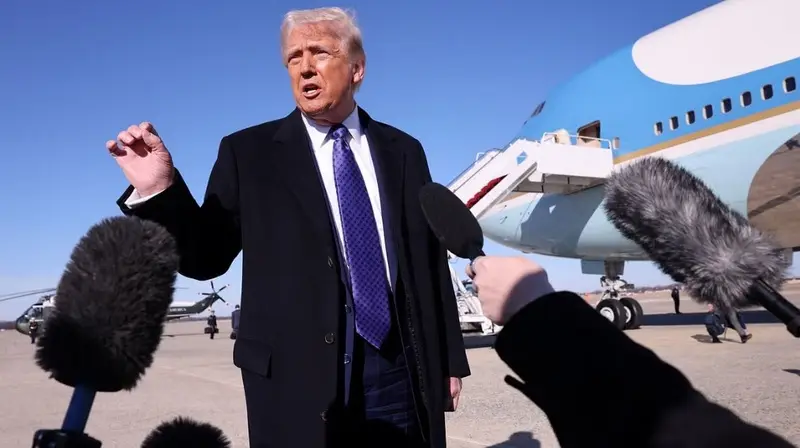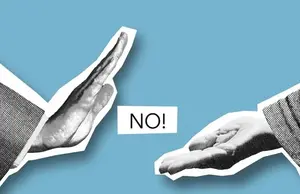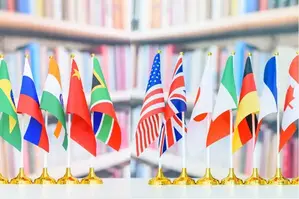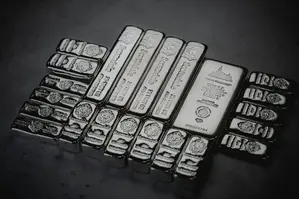US President Donald Trump sounded the bugle of trade wars by imposing tariffs on April 2, 2025, hailing it as Liberation Day and disrupting the normal flow of the global market. The world has to live with tariffs as it’s the new reality that has taken over global trade.
Tariffs and reciprocal tariffs are the norm and the development could dampen investors’ spirits. It is likely that the policies could remain until 2028 in some form or the other. In this article, we will highlight 3 takeaways from Trump’s Liberation Day tariffs and how much percentage each country faces.
Also Read: Dogecoin to Hit a New High? Analyst Says It’s Possible Despite Headlines
Trump’s Liberation Day Tariffs: Top 3 Takeaways
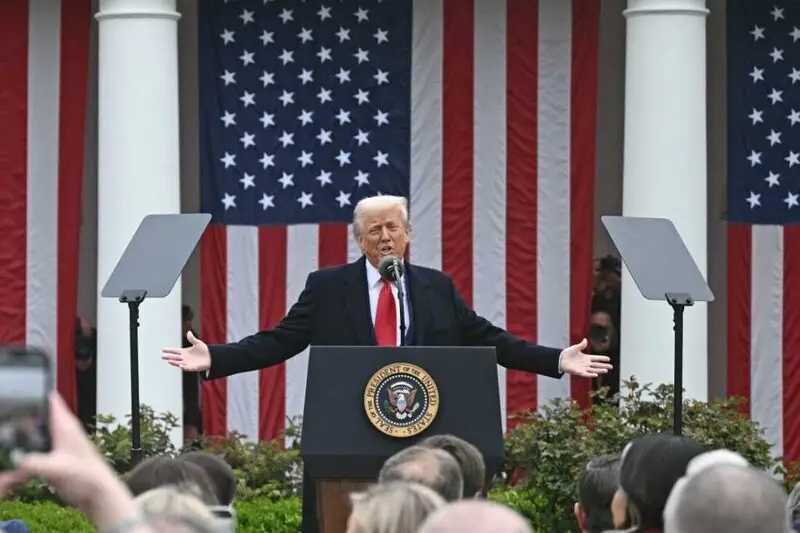
The first takeaway from Trump’s Liberation Day tariffs is that the President has divided countries into different percentages. The countries facing only a 10% tariff include:
- United Kingdom
- Australia
- Singapore
- Brazil
- New Zealand
- Turkiye
- United Arab Emirates
- Saudi Arabia
- Chile
Also Read: Pi Network: PI Coin Price Prediction For Mid-April 2025
The second takeaway is that Trump’s Liberation Day tariffs have been customized and tailor-made to suit America’s position. He also called these countries “worst offenders” claiming they charge the US more. The countries subject to these customized tariffs include:
- China: 54%
- Cambodia: 49%
- Laos: 48%
- Vietnam: 46%
- Sri Lanka: 44%
- Thailand: 36%
- Taiwan: 32%
- South Africa: 30%
- India: 26%
- Japan: 24%
- European Union: 20%
- Philippines: 17%
Also Read: Dogecoin Price Reversal Ahead? Analyst Predicts 129% Surge to $0.39
The final and third takeaway is that Trump’s Liberation Day tariffs will not apply to specific goods. The goods include copper, pharmaceuticals, semiconductors, lumber, gold, and energy products. He also added that “certain minerals that are not available in the United States” are free from tariffs. However, a 25% tariff on all foreign-made automobiles entering the US will be imposed. Several countries have expressed displeasure with the tariffs and are now planning reciprocal tariffs.
